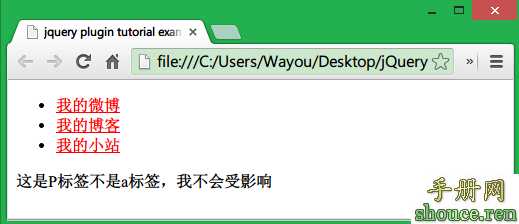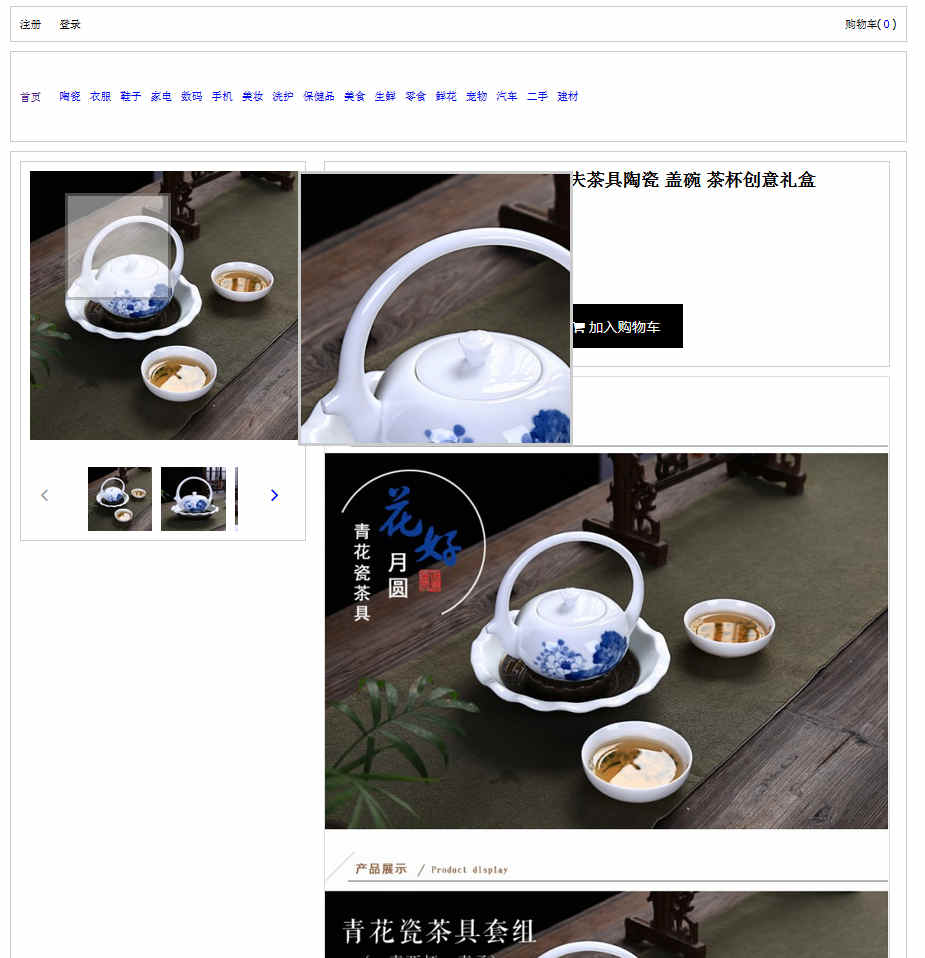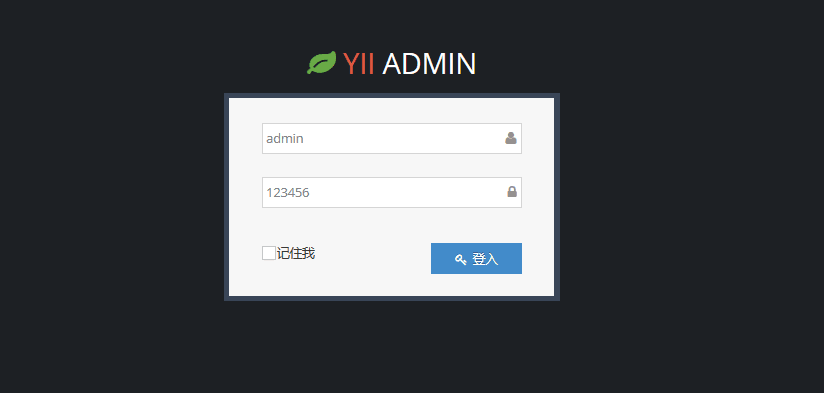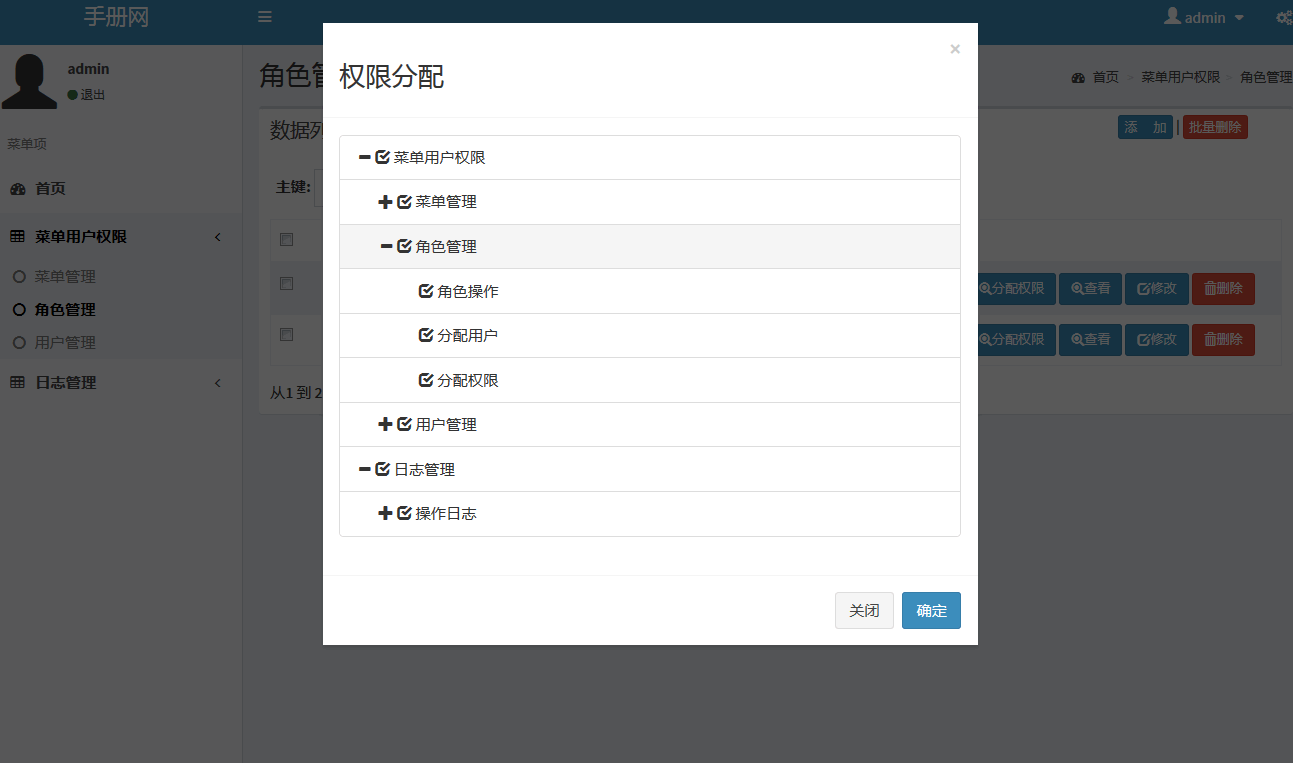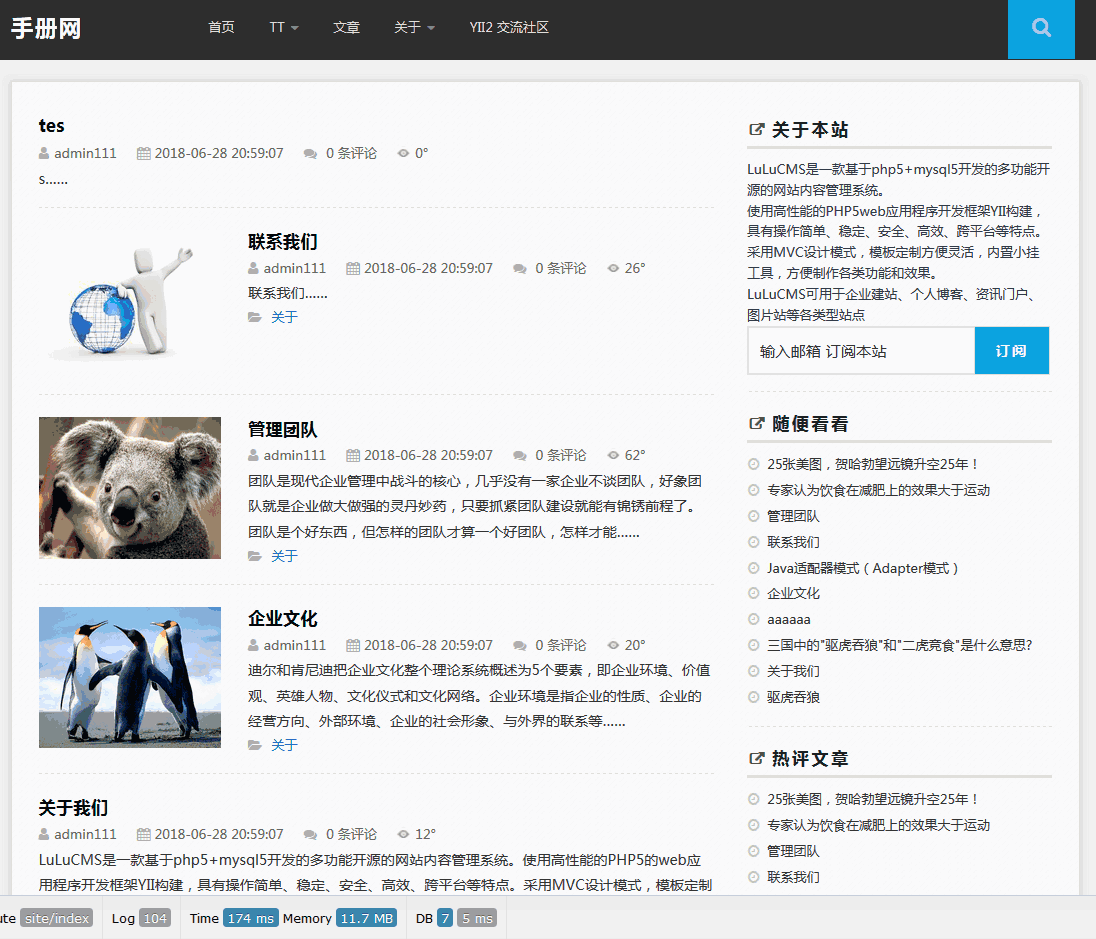Scala 专题教程-抽象成员(6): 抽象类型
jerry Scala 2015年11月25日
收藏
在本专题开始,我们看到“Type T?的用法,这是声明一个抽象类型,本篇介绍这种声明的意义和用途。和其它类型的抽象类型一样,抽象类型定义也是定义了一个“占位符”类型,其具体定义由其子类声明。不同的子类可以定义不同T的具体类型。
下面我们通过一个例子来说明抽象类型的用法,假定你需要为动物的饮食习性建模, 你可能会定义如下的数据结构:
class Food
abstract class Animal {
def eat(food: Food)
}
然后呢可能需要实现两个不同的实类对于与牛和草 Cows和Grass
class Grass extends Food
class Cow extends Animal {
override def eat(food: Grass) {}
}
但是这段代码编译不通过:
<console>:13: error: class Cow needs to be abstract, since method eat in class Animal of type (food: Food)Unit is not defined
(Note that Food does not match Grass: class Grass is a subclass of class Food, but method parameter types must match exactly.)
class Cow extends Animal {
^
<console>:14: error: method eat overrides nothing.
Note: the super classes of class Cow contain the following, non final members named eat:
def eat(food: Food): Unit
override def eat(food: Grass) {}
怎么会出错呢,这是因为类Cow中的eat不能重载其父类,这是因为参数类型不一致,Animal中food类型为Food,而Cow中类型为Grass。 仅管有人会说Grass是Food的子类,编译器没有必要这么严格。但是如果编译器允许这种情况存在,那么很快就出现新问题了:
假定前面的编译没有问题,我们在定义一个Fish类
class Fish extends Food val bessy: Animal = new Cow bessy eat (new Fish)
问题来了,我们给牛喂了鱼。如果前面的Cow可以编译通过的话,这段代码也是合法的,但结果却显然不对,因此编译器编译不通过Cow是有道理的。
对于这个问题,我们可以通过抽象类型来解决,哪种动物吃哪种食物由动物决定:
class Food
abstract class Animal {
type SuitableFood <: Food
def eat(food:SuitableFood)
}
当定义新的Animal子类时,动物只能吃合适的食物,而Animal 类本身不能决定那种食物合适,因此我们使用抽象类型定义。 但这个抽象类型有类型上界限制,表示Animal子类中使用的SuitableFood 必须是Food的子类。
我们重新定义Cow如下:
class Grass extends Food
class Cow extends Animal {
type SuitableFood = Grass
override def eat(food:Grass) {}
}
你现在再试试喂鱼给牛看看:
scala> class Fish extends Food
defined class Fish
scala> val bessy :Animal = new Cow
bessy: Animal = Cow@a0992a
scala> bessy eat (new Fish)
<console>:14: error: type mismatch;
found : Fish
required: bessy.SuitableFood
bessy eat (new Fish)
^




